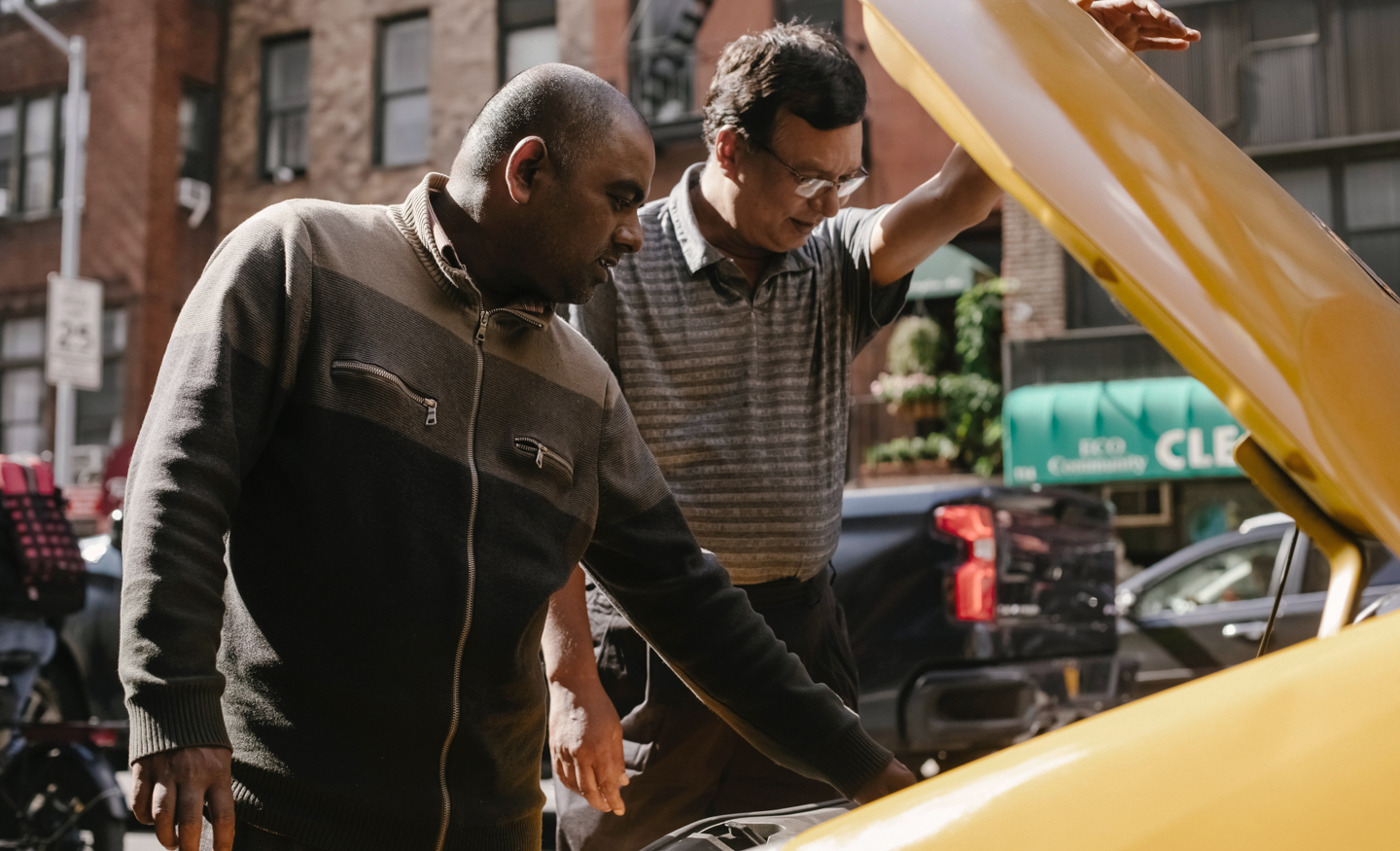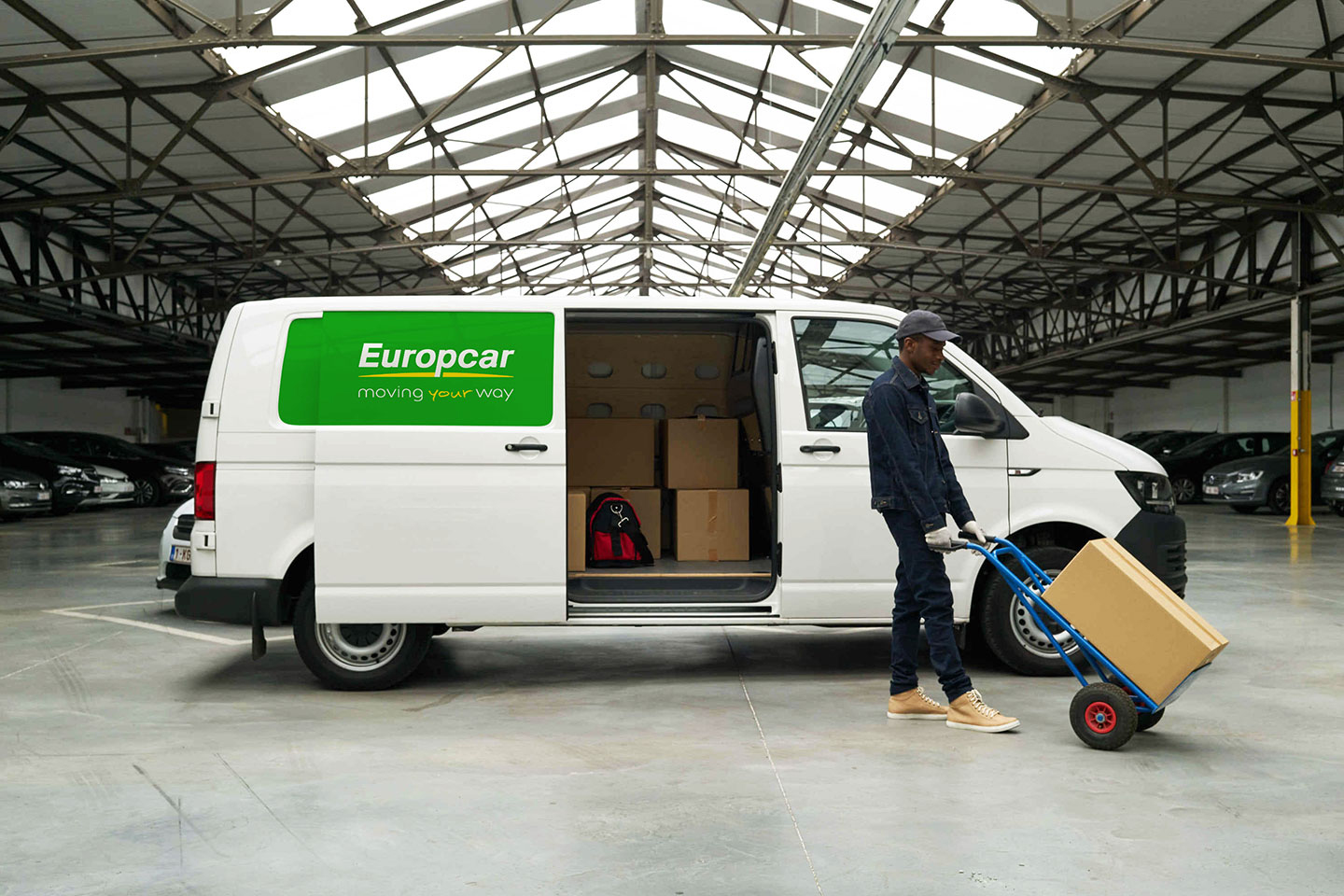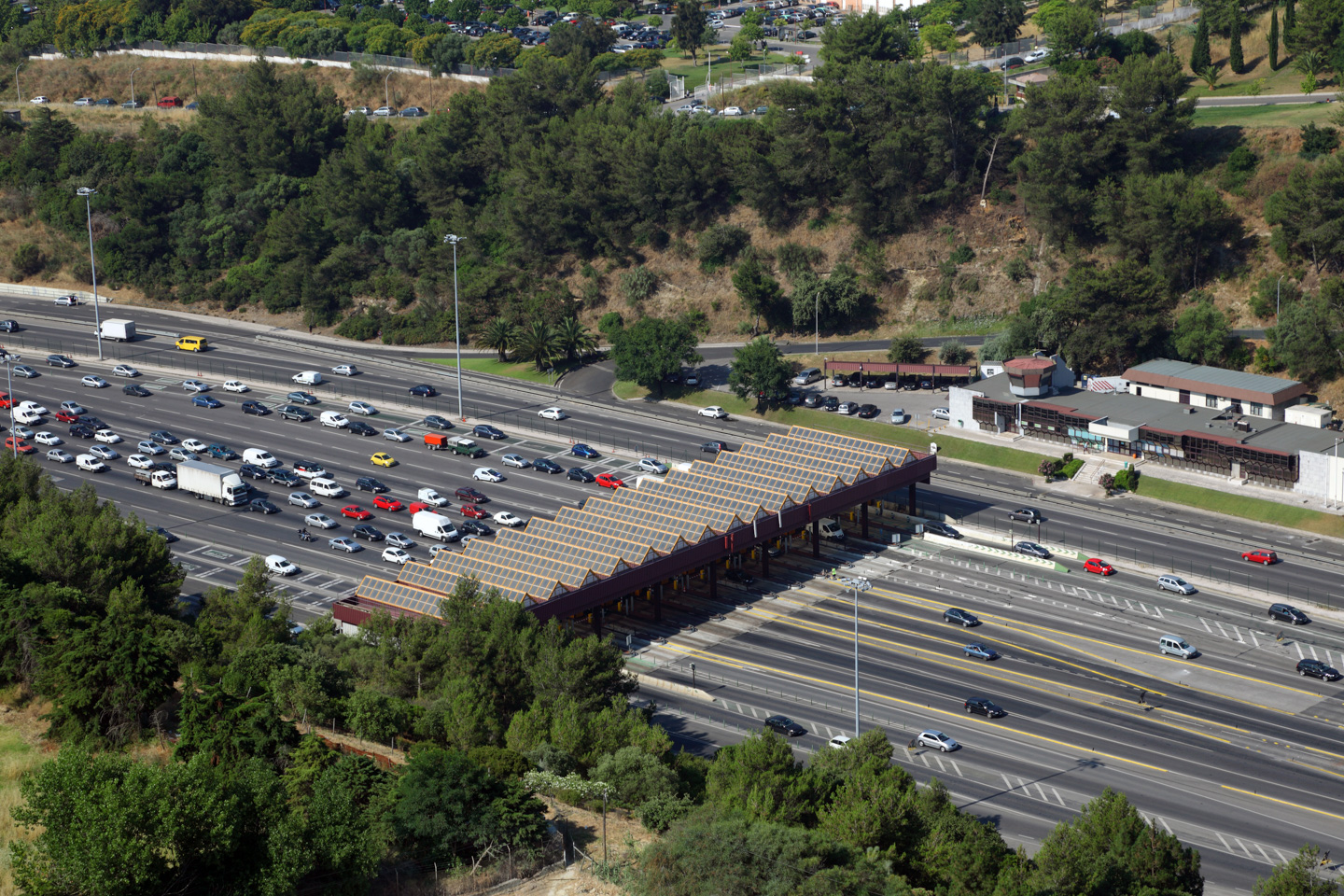They say that love is blind. And that can be a great thing in the romance stakes. But blind spots and driving? They’re not such a good thing. And they can be even peskier when it comes to driving a van. Here we take a look at what blind spots are and how you can beat them.
What’s a blind spot anyway?
A blind spot is any part of the road you can’t see when either looking through your windscreen or using your rear-view and wing mirrors. Most standard vehicles have two blind spots – one on each side. They can also be caused by the pillars that separate windows, or panels that replace glass altogether.
What’s all the fuss about?
If everyone has two of them when driving, you may think they’re not such a big deal. Au contraire. Blind spots are a real menace. Why? Because they’re a do-what-they-say-on-the-tin sort of a problem. A gap in your field of vision can be enough to leave you unable to spot a cyclist, pedestrian, motorbike, car or even another van. This can be extremely dangerous, particularly when driving at high speeds on the motorway. Or even at slow speeds where pedestrians are concerned.
Spot of bother in vans?
According to the AA (British Motoring Association), problems with blind spots cause more than 1,000 accidents each year in the UK. So if you’re driving a van for the first time, you’ll want to take extra care. Even if you’re a seasoned pro at the wheel of a van, they can still pose a challenge – especially if you regularly drive a car too. Switching between different vehicles can sometimes take a bit of getting used to.
Vans don’t usually have a rear-view mirror, as there’s no back window to see out of. This significantly reduces visibility. What’s more, most vans don’t have windows in the back, with steel panels in place of the glass you typically find in cars. You won’t be able to turn your head to check as much of your blind spot, again hampering visibility. And the bigger your van, the likelier it is that other vehicles following closely behind you may be partially or even completely obscured.
The tip, top, the tippie, the toppie – the top tips
We promised you our top tips for safe driving, and here they are. Follow our golden rules for being aware of blind spots in your van, and the only thing you’ll be banging into is the boogie – not your fellow motorists.
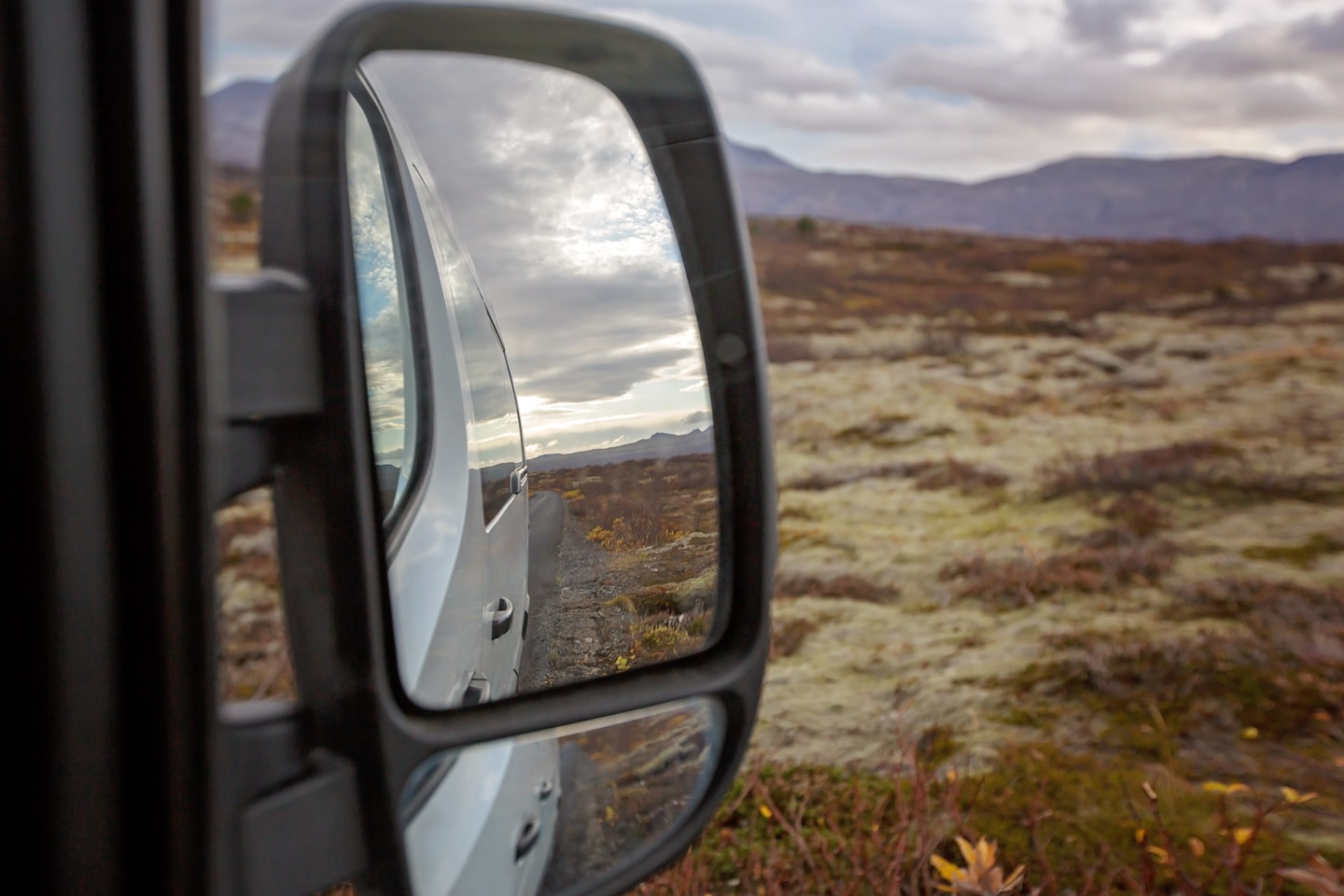
1. Adjust your mirrors
To help with the lack of a rear window, wing mirrors on vans are usually much larger than the ones you get on cars. You’ll still need to adjust them when you climb into the cabin though. Before you set off, make sure you’ve got the best view possible out of your side mirrors.
2. A van catwalk you say?
Another thing you can do before you start your journey, is to get someone to walk around your van for you while you keep an eye on them in your mirrors. It might be a friend, someone you’re hiring the van from or just a good-natured stranger. Either way, try to keep a good view of this kind specimen as they strut their stuff the whole way around your van. If you lose them in your mirrors, adjust them accordingly.
3. Install blind spot mirrors
It’s law in the EU for lorries to have blind spot mirrors fitted. This isn’t the case with vans, but many come equipped with them anyway. These are the little mini mirrors you can see within the normal mirror, often in the bottom corner furthest away from the car. They can certainly be a huge help in reducing the size of your blind spots.
If you own or hire a van without these useful tools, consider installing them to give yourself a helping hand. Just check with the rental company before sticking bits and pieces to a hire van though.
4. Or rear cameras
A higher-tech alternative to blind spot mirrors is to install rear cameras. Naturally more expensive, a gadget like this could however prove its weight in gold if you’re a regular van driver who does a lot of reversing, particularly into tight spaces.
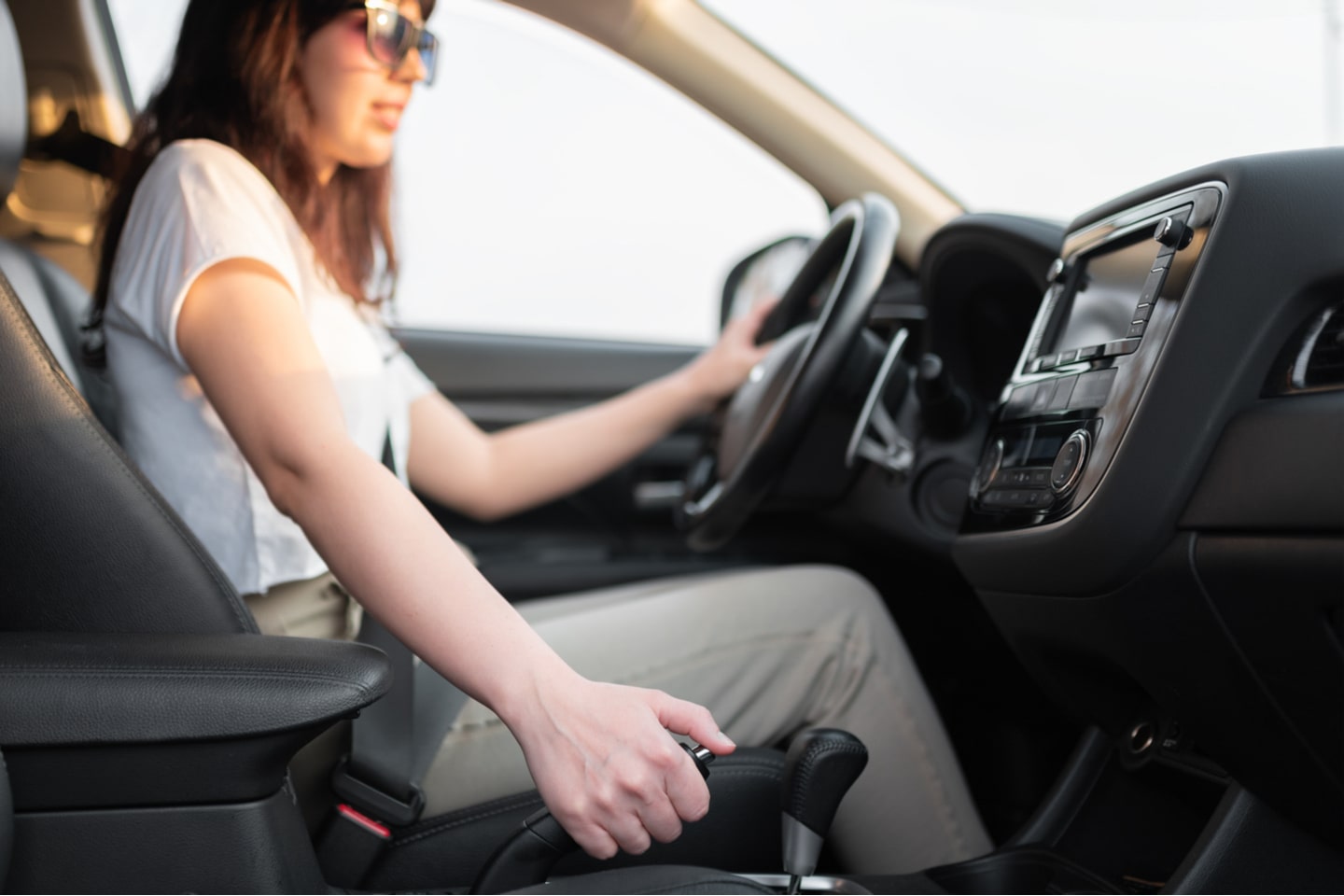
5. Park with sensors
Parking sensors have become increasingly common in recent years. In fact, many people have so much faith in these often priceless driving aids, they don’t even bother looking in their rear mirrors when backing up. Although this isn’t advisable, installing sensors at the back of your van certainly is. You can even have them at the front to reduce your risk of any mishaps even further.
6. Don’t get your back up
Reversing can be tricky in a van if you aren’t used to driving one. So ask yourself whether you can avoid backing up when you’re about to pull up and park. It may be possible to drive in and out of a parking space, for example. If reversing is absolutely necessary, you can always get out and have a look at the lie of the land first.
7. Think bike
Whether pedal powered or motorised, bikes can be really tough to see in your blind spot. Many drivers freely admit to struggling to see cyclists, which is a real problem for a group of vulnerable road users. Being aware of the potential for bikes being in your blind spot can help to reduce your chances of getting in an accident, especially when driving on the motorway or in heavy traffic. As can our next tip.
8. Use. Your. Indicators.
Why do cars and vans have indicators? To show people where you’re going. Why don’t people use them? Because they’re lazy. Unfortunately, being lazy when you’re driving can be really dangerous, both to yourself and to others. Using your indicators is a way to warn others what you’re about to do, which could give them the chance to react if they’re chilling in your blind spot where you haven’t seen them. You may still make a mistake and pull out on them, but you won’t compound it with a second mistake of not indicating. You never know, one wrong and one right could save a life.
Safe van driving? You’ve got this!


